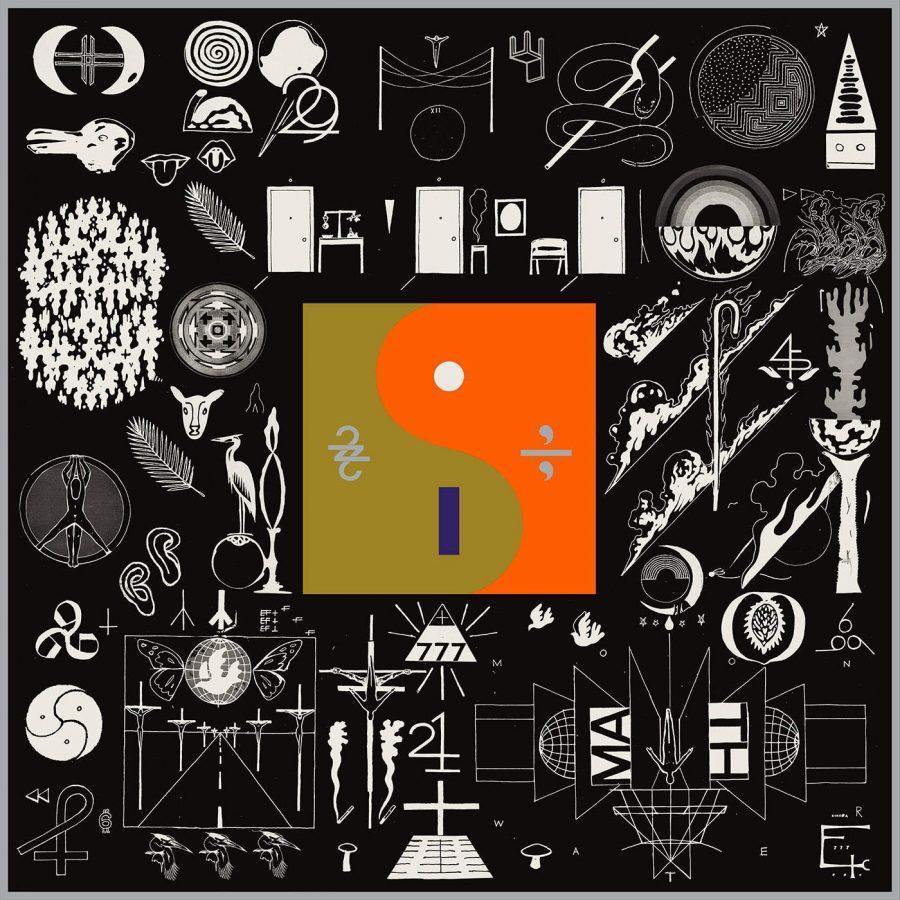Bon Iver Plays the Numbers on “22, A Million”
Bon Iver’s “22, A Million” releases this Friday, September 30.
September 30, 2016
“22, A Million” stands out as the self-defining album of Justin Vernon’s career. It ties together so many familiar elements from every past album and EP he’s recorded with his band, Bon Iver. He takes the heart-warming vulnerability of the acoustic-driven “For Emma, Forever Ago,” and builds on it with the melodic choir of auto-tuned voices remembered from “Woods” on his 2009 EP “Blood Bank.” Creeping into the sonic forefront by the penultimate track, “____45____”, we catch a heavy dose of the brassy saxophone so dominant in his sophomore eponymous album. As all the shifting pieces elicit different memories of Bon Iver over the last decade, an enduring digital decoration asserts itself among the earthy tones as the forward step in the return of of the group.
This new release plays with this idea of mechanized music through samples, loops, lyrical themes, intentional distortions, synthesizers and even the track names. Using track titles to jumpstart a theme is nothing new, but this tracklist — and even the album title — stand far from convention. The listing alone creates an aesthetic that is reminiscent of the startup screen on your 90s box computer. Every song is tied to a number, each holding a special meaning in Vernon’s life. The opening track, “22, Over (S∞∞N)” morphs a looped sample of “soon” into “two, two,” or otherwise, “22,” a personally poignant number for Vernon. He works over the entire album to reveal the emotional substance drawn from numbers and how each connects to different phases of our lives. Moving from 22 to 1,000,000 from start to finish, Vernon joins two shades of himself into one coherent work.
Perhaps the most explicit insistence on the power of numbers comes through in “21 M♢♢N Water” when Vernon cycles through the line “The math ahead / the math behind / it’s moon water.” Here, he undeniably promotes the intangible energy — the mystical power of moon water — in these traditionally mechanical, mathematical units. The effort similarly reflects in the digital instrumentation and sonic engineering throughout the album. Even “29 #Strafford APTS,” the softest four minutes of the album, is interrupted during his most intimate moment with the skips and crackles of a broken signal, a flawed marker of our digital age.
These flaws, however, are not something to overlook; they’re critical to understanding this new step of Bon Iver, which seeks the humanity at the core of all these artificial tools. The album reveals a lot, and each listen will reveal something more in the most subtle of ways; however, the clearest of revelations is the possibility that something raw and natural can be always be found at the core of everything manmade.
Email Jacob Fox at [email protected].
























































































































































